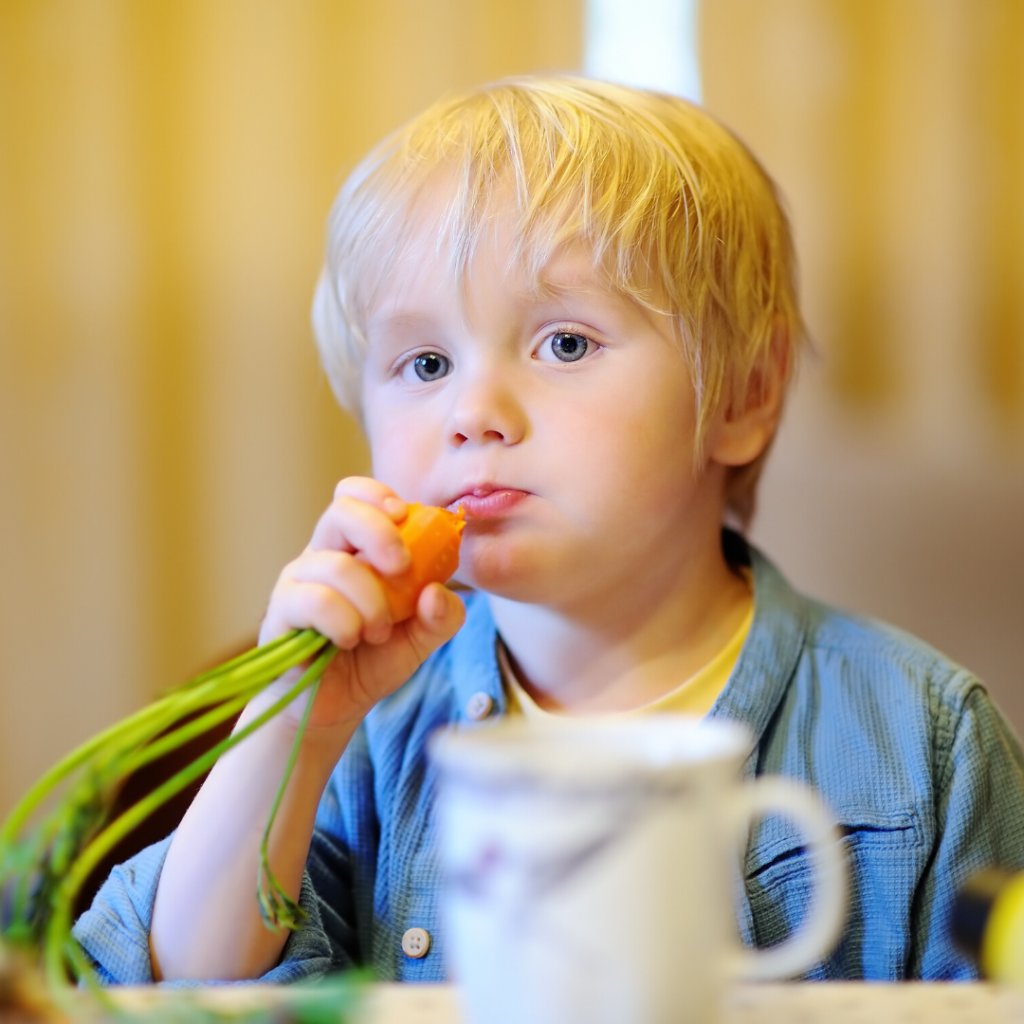It’s that time of year; jingle bells at every store front, Christmas music on repeat, bright colourful lights and store till lineups that seem to last forever. For an individual with sensory processing disorder or sensory sensitivities in general, this could be a very challenging time of year to traverse.
When navigating your child’s specific needs this holiday, consider this list during those less-than-merry times:
1) Breaking routine: The ebbs and flows of the school year naturally put children into a routine for a set period of time. Having a break from school and its structure during the holiday could be very challenging for some children. Think about routine during this busy time of year; are meals still at the same time as school days, do they have baths at the same time? Try to keep some form of routine during the break.
2) Are they hangry (hungry and angry) or do they need to go to the bathroom? The interoceptive system is a secret sense everyone has but rarely knows of. It encompasses the ability to feel internal body states such as hunger, temperature, heart beat and bowel/bladder urges to name a few. Often children with sensory challenges have difficulty recognizing when they are hungry or when they need to go to the bathroom. Keep a stash of snacks in your to-go bag, in the car, or in the stroller. Be sure to offer snacks and bathroom breaks regularly throughout the day, hopefully catching a meltdown before it occurs.

3) Environmental stressors: Take into consideration the surroundings; are the lights too bright, too much commotion in the mall, or too many strangers nearby? The holidays can be overwhelming for neuro-typical individuals even on a good day. So consider what systems could be overloaded and mitigate where you can. For example, if the Christmas lights are too bright, try some funky sunglasses. If the kiddos are wanting to bounce off the walls before the Christmas parade, try ten big jumps and a big self-hug. If the holiday music and bells are too much to withstand, try noise cancelling headphones or moving to a quieter environment.
4) Preparation: This goes for parents and kids! If heading into a new environment, schedule or event, provide your child with information on what will be going to happen far in advance. This can be done verbally or with a social story! In terms of parents, prepare the necessities before leaving the house such as snacks, sunglasses, headphones, special sensory tools your child enjoys and small games and toys. Have a game plan in place!
5) Sleep: Staying up for Santa may be an exciting time, but it can lead to a rough next few days. During these times, deep pressure strategies are important. When applied appropriately, deep pressure releases neurotransmitters serotonin and dopamine, activating the parasympathetic nervous system. Basically, it provides a calming response to the body and mind, making going to bed easier! Have your kiddos help you set out milk and cookies at a reasonable hour and cuddle on the couch reading a story book. You can also add big bear hugs or open palmed squeezes to their arms and legs in their bed time routine.
6) Play: Did your child discover that the cardboard boxes were more exciting than their toys? That’s okay! Spend time engaging in meaningful activity with your family and engaging in your child’s imaginary play. The cranberry sauce that you have to cook that has been passed down for generations can wait for a while.

7) Mealtime: Oh no… the carrots have touched the potatoes and the butter smells weird to your child. Try to keep as many things familiar as possible during holiday dinner at Grandmas. Sit them next to someone they are familiar with. Try bringing their favourite plate and utensils from home and dipping sauces you know they enjoy (ketchup can go a long way). If this seems daunting, bring them some food they enjoy and preemptively discuss not commenting on this to family members in advance.
8) Travel: Whether it be by plane or car, kids need to move when they travel. Try to get out and do some heavy work like jumping jacks, running or pulling all the luggage every 1-2 hours!
With that said, children naturally gravitate towards the sensations they need, follow their cues!
If you have any questions about this article, or feel you could utilize the help of a pediatric occupational therapist for your child, be sure to contact us!
Have a wonderful holiday season and I can’t wait to see you all in 2020!
Kaitlyn Clarke
Occupational Therapist
Movin’ Mountains Therapy Services

